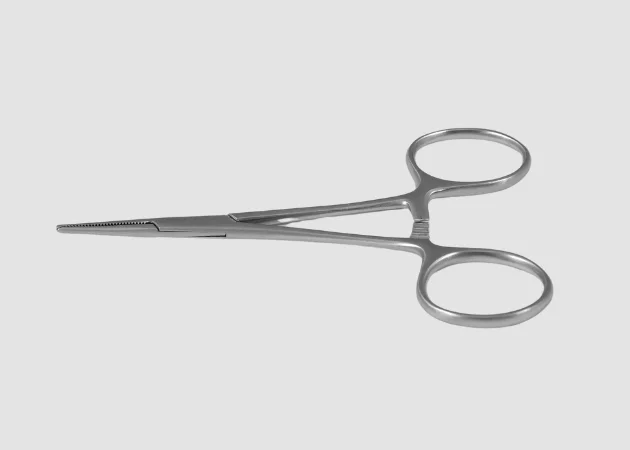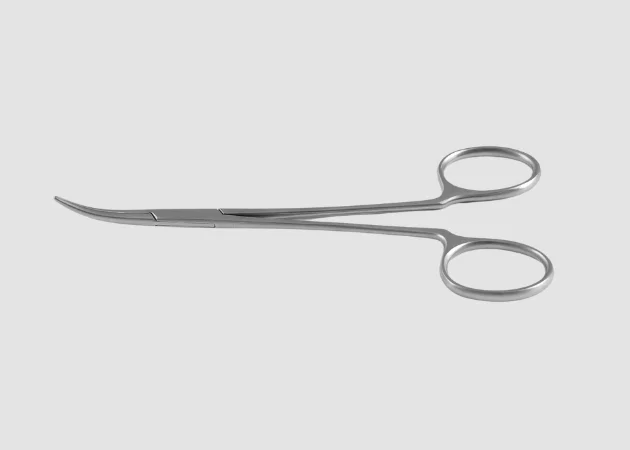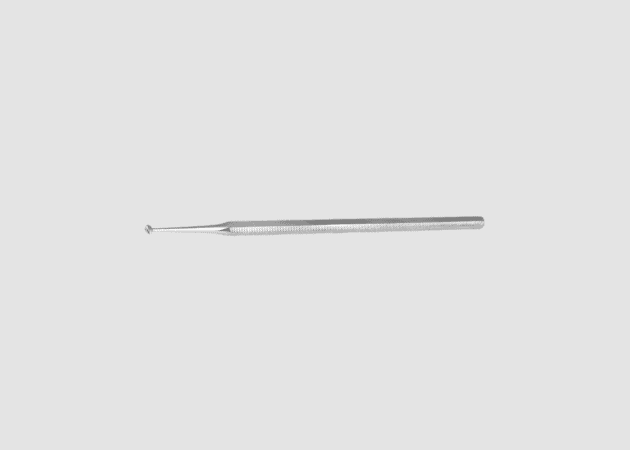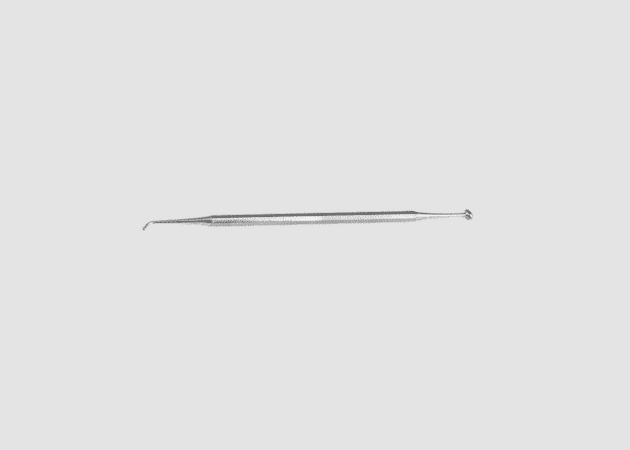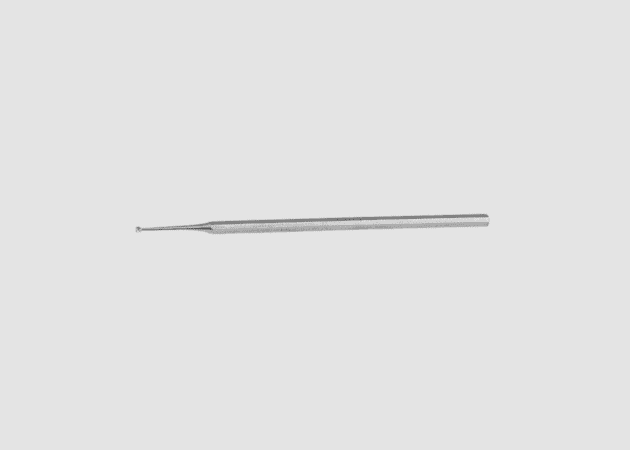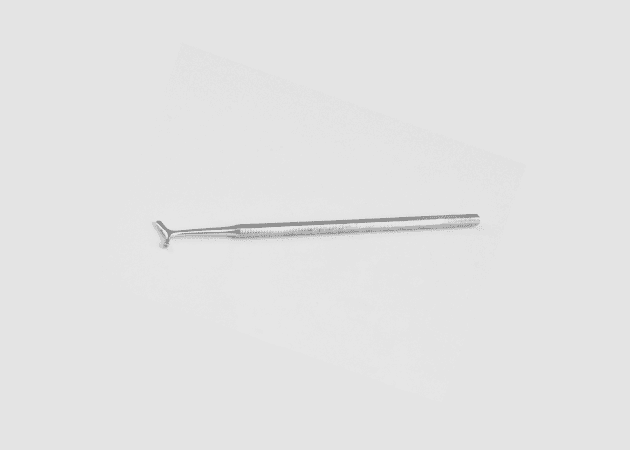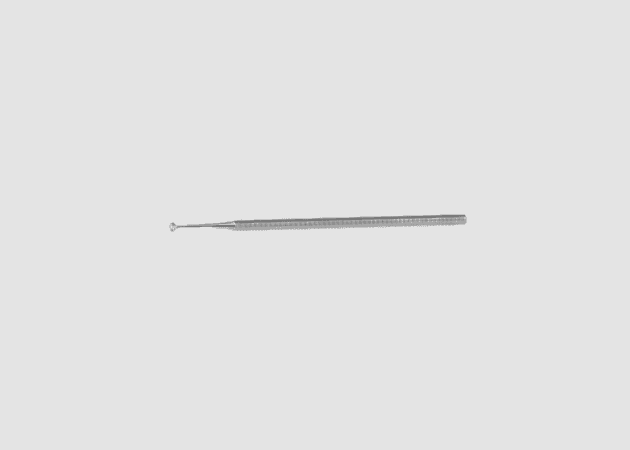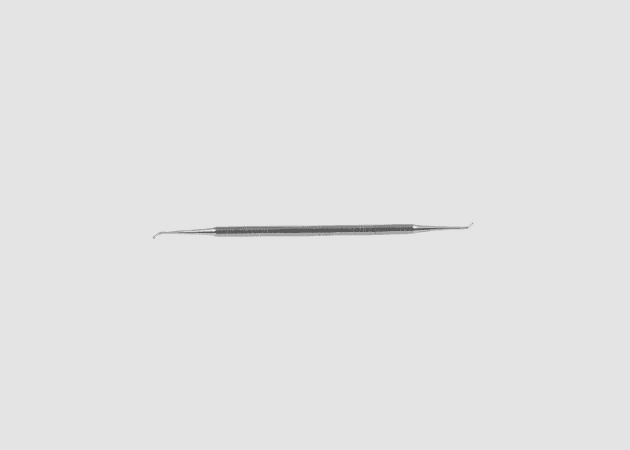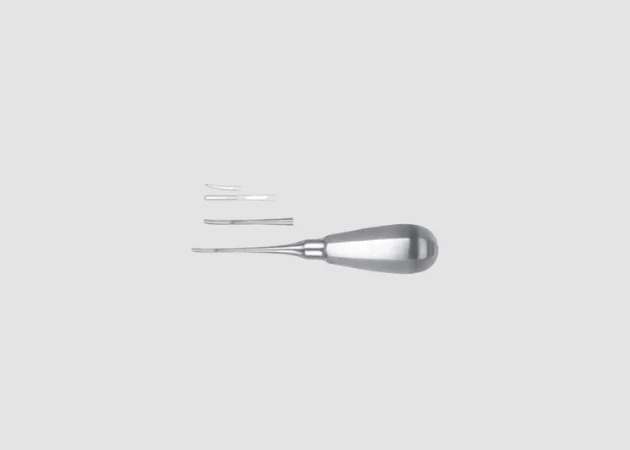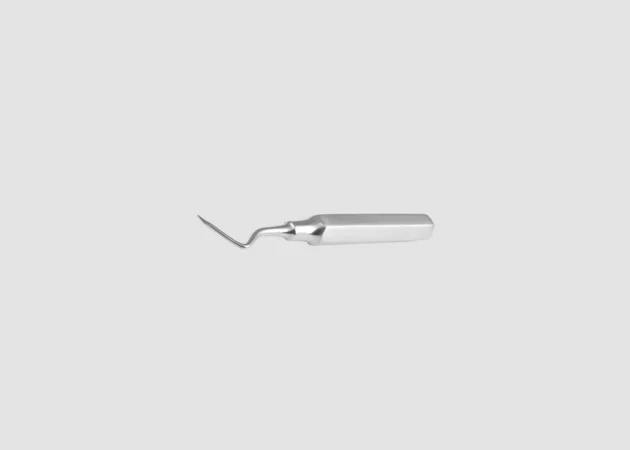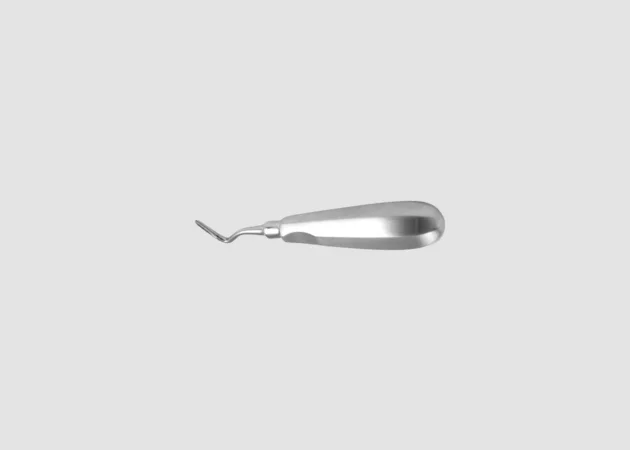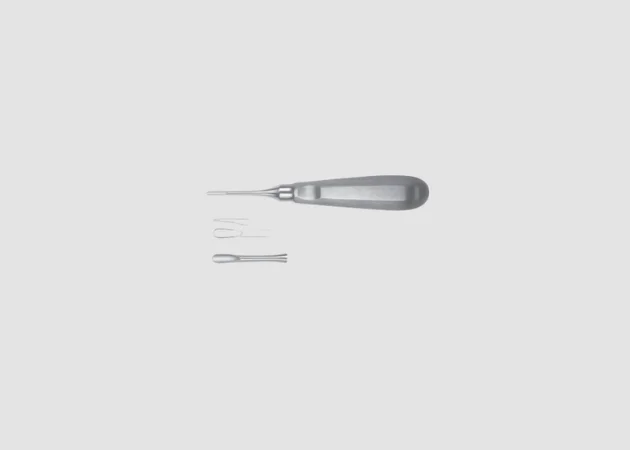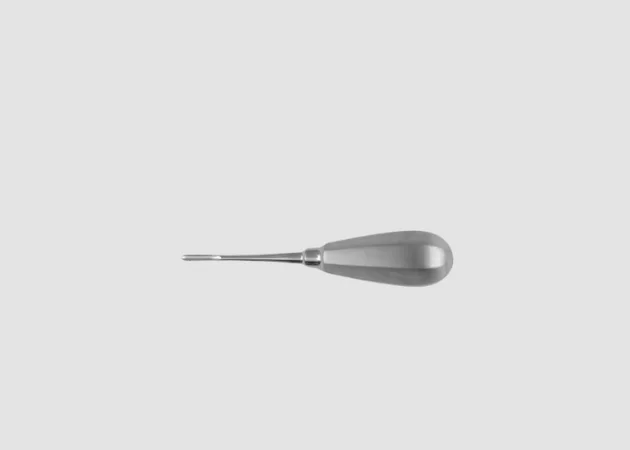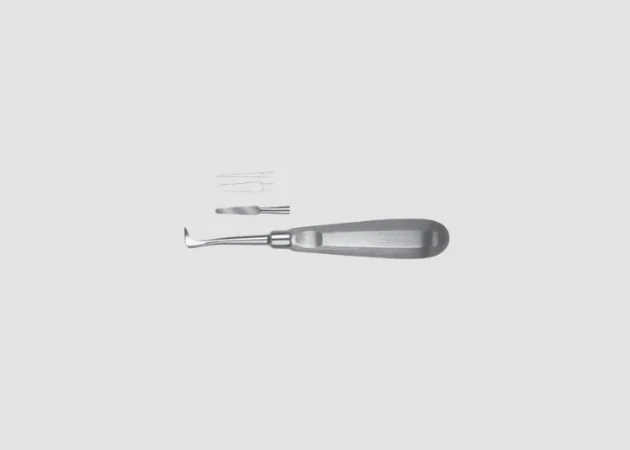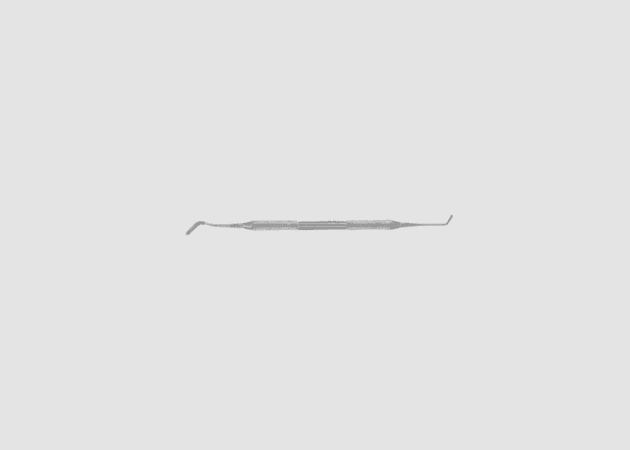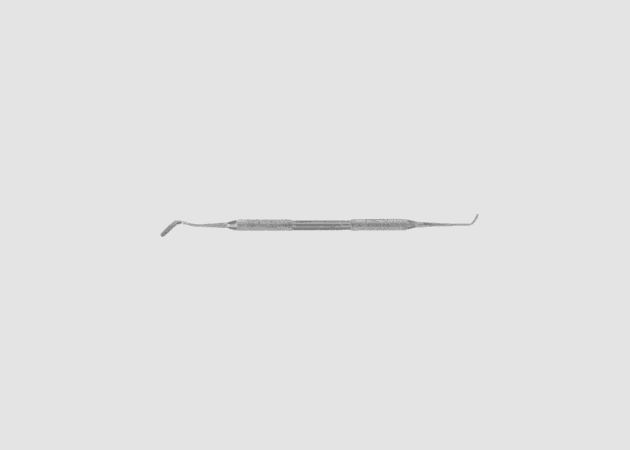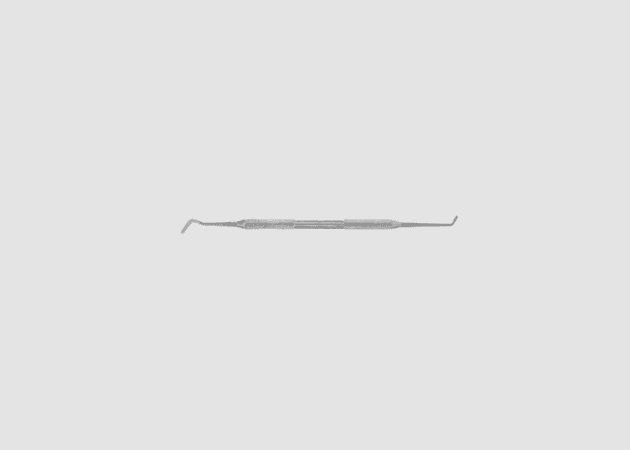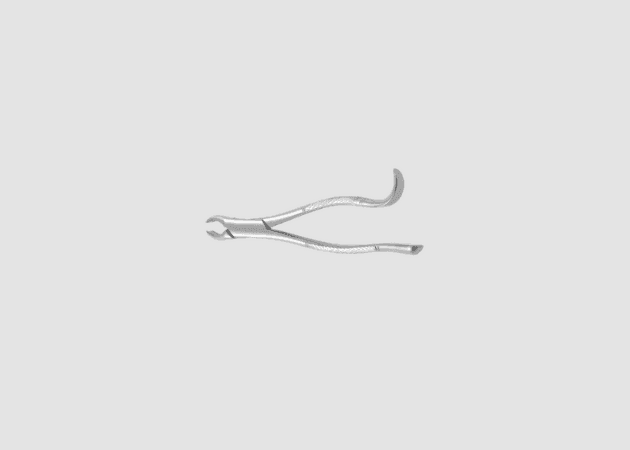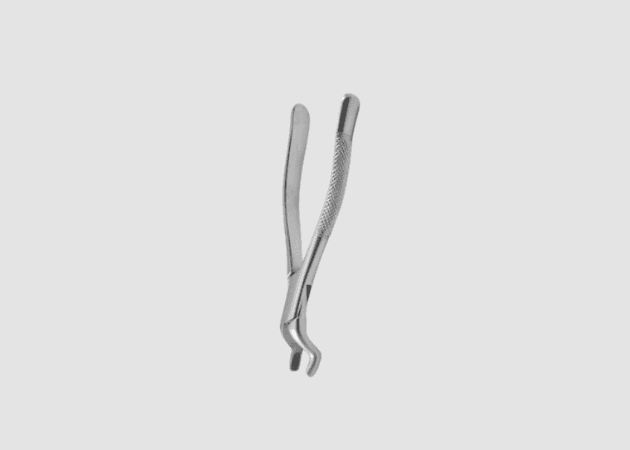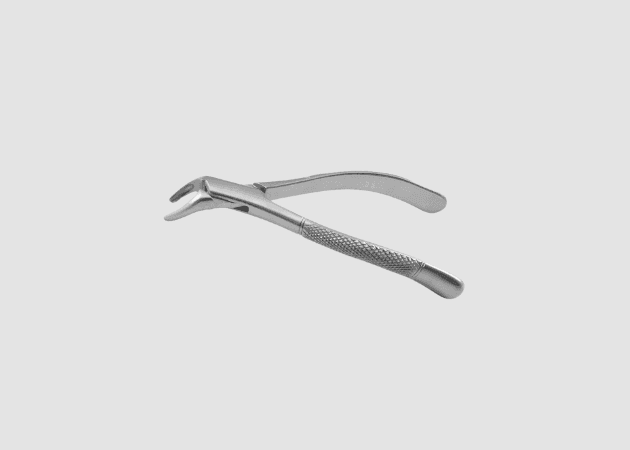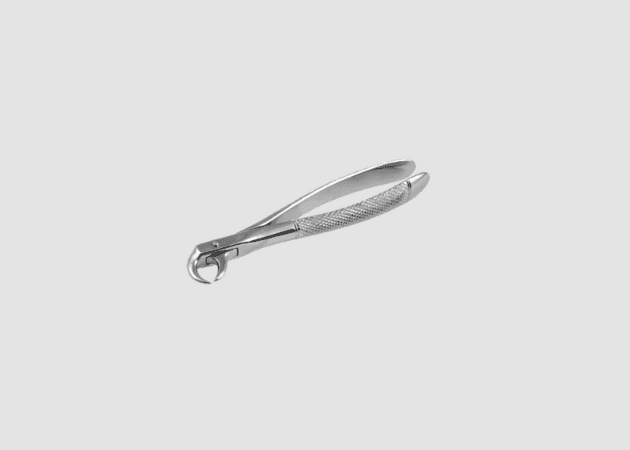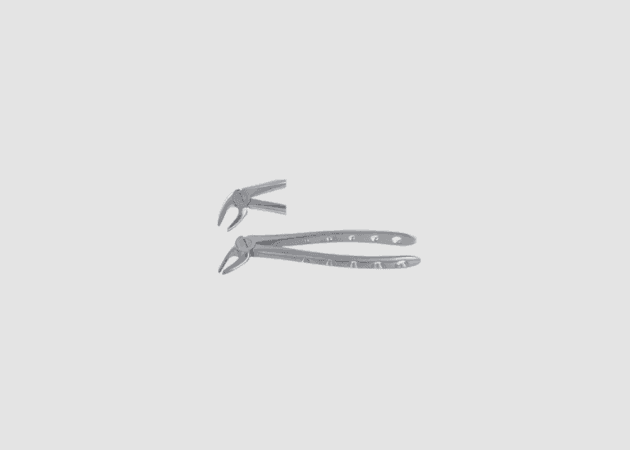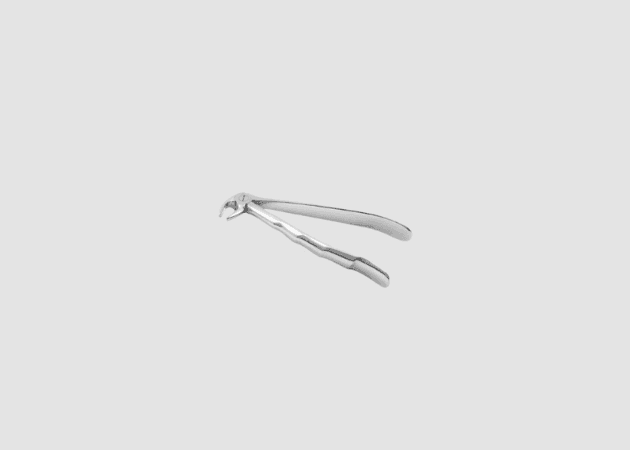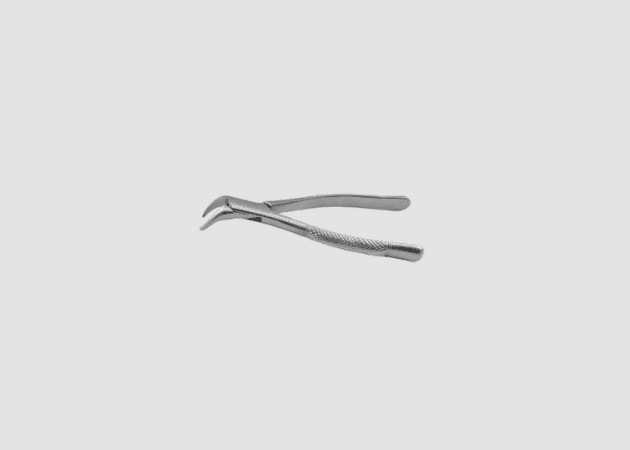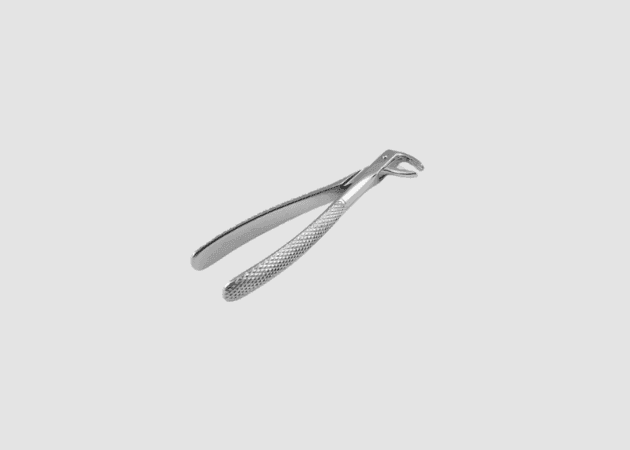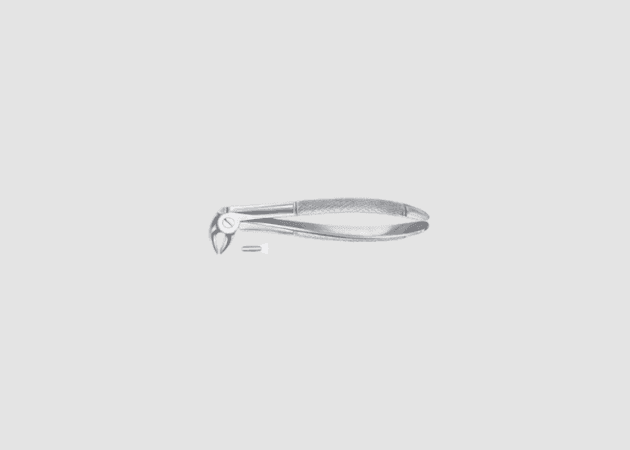Shop
Sort by
Product categories
- Accessories 0
- Cardiothoracic Surgery 43
- Dental Instruments 47
- Electrosurgical Instrument 146
- Electrodes (2.4mm) 16
- Electrodes (4.0mm) 18
- Electrosuurgical Instrument for Gynecology 22
- Europeon Bipolar Forceps 32
- Europeon Non Stick Bipolar Forceps 16
- Silverglide Non Stick Bipolar Forceps 20
- Single Use USA Pin Bipolar Forceps 4
- USA 2 Pin Bipolar Forceps 1
- USA 2 Pin Bipolar Forceps 16
- USA 2 Pin Bipolar Forceps 1
- ENT Diagnostic 32
- General Surgery 19
- Liposuction Cannulas 35
- Plastic Surgery 216
- Chisels 14
- Files 10
- Gouges 4
- Needle Holder 28
- Osteotomes 37
- Rasps 40
- Saws 6
- Scissors 77
- Surgical Instrument 189
- Uncategorized 0
Curved Mosquito Teeth: Essential Hemostatic Instruments
These instruments are commonly used in various surgical specialties, including general surgery, gynecology, and orthopedic procedures. Their versatility extends to both open and minimally invasive surgeries, where controlling blood loss is paramount. Curved mosquito teeth are often utilized in combination with other surgical tools to facilitate seamless operations and improve patient outcomes.
Curved Artery Forceps: Reliable Control for Surgical Procedures
The primary function of curved artery forceps is to grasp and occlude arteries, ensuring that blood flow is temporarily halted during surgery. This capability is critical for maintaining a clear surgical field, allowing the surgeon to perform procedures safely and effectively. The forceps feature a locking mechanism that enables them to hold vessels securely, freeing the surgeon's hands to focus on the task at hand.
Egg Burnishers: A Vital Tool for Dental Restoration Finishing
The ergonomic design of Egg Burnishers promotes comfortable use, reducing hand fatigue during extended procedures. The handle provides a secure grip, allowing dentists to maneuver the burnisher with ease, making it easier to access intricate areas and deliver detailed finishes. This level of control is essential for producing high-quality work that meets both clinical and aesthetic standards.
Beavertail Burnisher: Essential Tool for Dental Aesthetics
The ergonomic handle of the Beavertail Burnisher ensures comfort during use, allowing practitioners to maintain a secure grip while minimizing hand fatigue. This feature is particularly valuable during lengthy procedures, as it promotes precise control over the instrument’s movements. With the ability to navigate intricate areas, dental professionals can deliver impeccable results that meet high aesthetic standards.
Ball Burnishers: Instruments for Dental Restoration Finishing
The ergonomic handle design of Ball Burnishers provides comfort and control during use. This is crucial for dentists who perform multiple procedures in a single appointment, as it helps reduce hand fatigue. The lightweight nature of these instruments allows for precise manipulation, which is essential for achieving the desired finish on dental restorations.
Amalgam Carver: Key Instrument for Accurate Dental Restoration
The Amalgam Carver is commonly used during the final stages of dental amalgam placement. After the amalgam is packed into the cavity preparation, the carver is employed to sculpt the restoration, refining the anatomy of the tooth to restore its natural function and appearance. The tool’s sharp edges are ideal for carving detailed features such as grooves, ridges, and contours, enhancing the overall aesthetics and performance of the restoration.
Burnishers: Essential Dental Instruments for Smooth Finishes
Proper care and maintenance of burnishers are essential to ensure their longevity and effectiveness. After each use, these instruments should be cleaned and sterilized to prevent cross-contamination. Regular inspection for wear and tear is also important, as damaged instruments can lead to subpar results and affect patient safety.
Double Ended Burnishers: Versatile Tools for Dental Professionals
The design of double ended burnishers features a smooth, rounded working end that can be made of stainless steel or other durable materials, ensuring longevity and resistance to wear. The dual-ended aspect allows dentists and dental hygienists to switch between different functions without the need for multiple instruments. This not only saves time during procedures but also streamlines the workflow, making dental practices more efficient.
Apical Root Elevators: Essential Tools for Precision Extraction
The unique design of apical root elevators features a slender, tapered tip that allows for easy access to the periodontal ligament and root surfaces. This anatomical shape enables dental professionals to apply precise leverage when loosening the tooth or root fragment, thereby enhancing the effectiveness of the extraction process. The ergonomic handle design ensures a comfortable grip, allowing for better control and stability during the procedure, which is especially important in challenging clinical scenarios.
Bein Root Elevators Instruments for Root Extraction
Proper maintenance and sterilization of Bein root elevators are critical for their longevity and functionality. After each use, it is essential to clean and sterilize these instruments thoroughly to prevent cross-contamination. Regular checks for any signs of wear and damage are also necessary, as compromised instruments can negatively impact patient safety and treatment effectiveness.
Heidebrink Apical Ejectors 2 for Endodontic Procedures
Constructed from high-quality materials, these ejectors offer durability and resistance to wear, ensuring they maintain their effectiveness even after repeated use. Their robust construction allows for effective performance in a clinical setting, making them a reliable choice for dental practitioners.
Heidebrink Apical Ejectors: Advanced Tools for Root Extraction
The design of Heidebrink apical ejectors features a unique angled tip that allows dentists to access the apical region of the tooth with ease. This ergonomic design not only aids in achieving optimal leverage but also helps in navigating the complex anatomy of the root canal system. The handle of the ejector is crafted for comfort and control, enabling dental professionals to perform procedures with precision and reduce the risk of fatigue during extended sessions.
3.5mm Apical Root Elevators for Effective Root Canal Treatment
Proper care and sterilization of the 3.5mm Apical Root Elevators are crucial for maintaining their performance and longevity. Dental practitioners should follow established sterilization protocols to ensure that the instruments are safe for use in a sterile environment, minimizing the risk of infection and cross-contamination.
Apical Root Elevators: Essential Tools for Precise Root Removal
Proper care and maintenance of Apical root elevators are vital for their longevity and effectiveness. Following each use, these instruments should be thoroughly cleaned and sterilized to prevent cross-contamination. Regular inspections for signs of wear and tear are also recommended, as compromised tools can negatively impact patient safety and procedural outcomes.
Root Elevators Bein: Instruments for Dental Extractions
The unique design of Root Elevators Bein features a slender, tapered blade that allows dentists to access the periodontal space with ease. This innovative design helps to minimize trauma to the surrounding gum and bone, significantly enhancing the overall extraction process. The handle of the Root Elevators Bein is ergonomically crafted, providing dental professionals with optimal control and comfort during use, which is crucial in ensuring precision and reducing fatigue during prolonged procedures.
Seldin Root Elevators: Essential Tools for Dental Extractions
The Seldin root elevator features a thin, tapered blade that can easily penetrate the periodontal space. This design allows for precise maneuvering around the tooth roots, enabling dental professionals to separate the roots from the surrounding bone. The handles of Seldin elevators are ergonomically designed for comfort and control, which is critical during prolonged procedures. They are available in various shapes and sizes, allowing dentists to choose the most suitable instrument based on the specific case at hand.
Composite Placement 5 for Superior Dental Restorations
One of the key aspects of Composite Placement 5 is the layering technique utilized in applying the composite resin. This method involves placing the composite in thin, precise layers, allowing for controlled shaping and reducing the potential for shrinkage during the curing process. Each layer is thoroughly cured before the next is applied, ensuring that the restoration maintains its strength and integrity. This incremental approach not only enhances the functional characteristics of the restoration but also allows for a more natural aesthetic, enabling the dentist to closely match the composite color to the patient’s existing teeth.
Composite Placement 4 Innovative for Superior Dental Restorations
A key feature of Composite Placement 4 is the use of advanced layering techniques. Each layer of composite is applied strategically, allowing for precise control over the thickness and contour of the restoration. This technique not only minimizes the risk of polymerization shrinkage but also facilitates the creation of natural-looking restorations that blend seamlessly with the surrounding tooth structure.
Composite Placement 3: Enhanced for Aesthetic Restorations
Curing in Composite Placement 3 is performed using advanced LED curing lights that deliver consistent and optimal wavelengths. This ensures thorough curing of the composite material, which is critical for achieving the desired strength and wear resistance. The timing and technique of curing are tailored to the specific composite used, maximizing the material's properties.
Composite Placement 2: Advanced for Dental Restoration
Curing is a critical step in Composite Placement 2. Advanced curing lights, with specific wavelengths, are used to ensure thorough hardening of the composite material. This process not only enhances the strength of the restoration but also contributes to its longevity. The curing time and technique are tailored to the specific composite used, ensuring the best results.
Composite Placement 1 Technique for Dental Restorations
Finishing touches are applied during Composite Placement 1, where the restoration is polished to match the natural contours and color of the surrounding teeth. This aesthetic enhancement is vital for patient satisfaction and confidence in their smile. The final result is a restoration that blends seamlessly with the natural dentition, providing both functionality and aesthetics.
18R Upper Molar Right: Forcep for Dental Extractions
Constructed from high-quality stainless steel, the 18R Upper Molar Right forcep features a unique curved design that allows it to grip the molar securely. The beaks of the forcep are shaped to fit the contours of the tooth, providing a stable grip that reduces the risk of slipping during the extraction process. Additionally, the ergonomic handles are designed for comfort, enabling dentists to apply the necessary force while minimizing strain on their hands during procedures.
53R Upper Molar Right: Essential Forcep for Dental Extractions
Proper maintenance of the 53R Upper Molar Right forcep is vital for its longevity and reliable performance. After each use, the instrument should be thoroughly cleaned and sterilized to prevent cross-contamination and uphold patient safety standards. Regular inspections for wear and damage are essential to ensure that the forcep remains in optimal condition for future procedures.
Lower Incisors Forcep: Key Tool for Effective Tooth Extractions
Crafted with precision, the Lower Incisors Forcep features slim, tapered beaks that allow for a secure grip on the tooth. The ergonomic handle design enables dental professionals to apply the appropriate amount of force while maintaining control throughout the extraction process. This thoughtful construction reduces the risk of trauma to surrounding tissues, which is essential for promoting faster healing and patient comfort.
English Pattern Lower Molars: Essential Forcep for Dental Extractions
The English Pattern Lower Molars forcep is crafted with precision, featuring rounded beaks that conform to the shape of the lower molars. This ergonomic design allows for a secure grip on the tooth, enabling the dentist to apply the necessary pressure during extraction without risking damage to surrounding tissues. The forcep’s ability to distribute force evenly helps minimize trauma, reducing the likelihood of complications during and after the procedure.
Extracting Forcep: Essential Tool for Safe Dental Extractions
The Extracting Forcep is commonly used for both primary and permanent teeth extractions, making it a staple in pediatric and general dentistry practices. When performing extractions, dentists rely on this tool to effectively remove teeth that may be impacted, decayed, or otherwise problematic, while ensuring patient comfort throughout the procedure.
Fingerform Lower Jaws Forcep for Dental Precision
Proper maintenance of the Fingerform Lower Jaws Forcep is essential for its performance and longevity. After each use, it should be thoroughly cleaned and sterilized to ensure patient safety and prevent cross-contamination. Regular checks for any signs of wear or damage should also be conducted, as compromised instruments can negatively impact the extraction process.
Universal Cow Horn Forcep: Key Tool for Dental Extractions
Proper care and maintenance of the Universal Cow Horn Forcep are vital to ensure its longevity and performance. After each use, the forcep should be thoroughly cleaned and sterilized to prevent cross-contamination and maintain patient safety. Regular inspections for any signs of wear or damage should also be conducted, as compromised instruments can lead to complications during dental procedures.
English Pattern Forcep: Essential Tools for Dental Procedures
Maintaining the quality and performance of the English Pattern Forcep is essential for effective dental practice. Proper cleaning and sterilization after each use are crucial to prevent cross-contamination and ensure patient safety. Regular inspections for wear and damage should also be conducted, as any compromised instrument can lead to complications during procedures.
Lower Premolars for Children: Key to Healthy Oral
It is also important for parents to monitor their children's dental development and consult with a pediatric dentist regularly. Dental check-ups allow for the early detection of any potential issues, such as misalignment or decay, which can impact the growth of lower premolars and other teeth. Pediatric dentists can provide valuable guidance on maintaining oral health, including recommendations for fluoride treatments and sealants that can protect developing teeth.
13s Lower Premolars: Essential Insights for Dental Care
To keep the lower premolars healthy, regular dental check-ups and good oral hygiene practices are essential. Brushing twice a day and flossing are critical to prevent plaque buildup and cavities. Due to their position in the mouth, the lower premolars can be more challenging to clean thoroughly, making it imperative to focus on proper dental care. Routine visits to the dentist can help identify any potential problems early, ensuring timely treatment.
Load more products
Loading...


